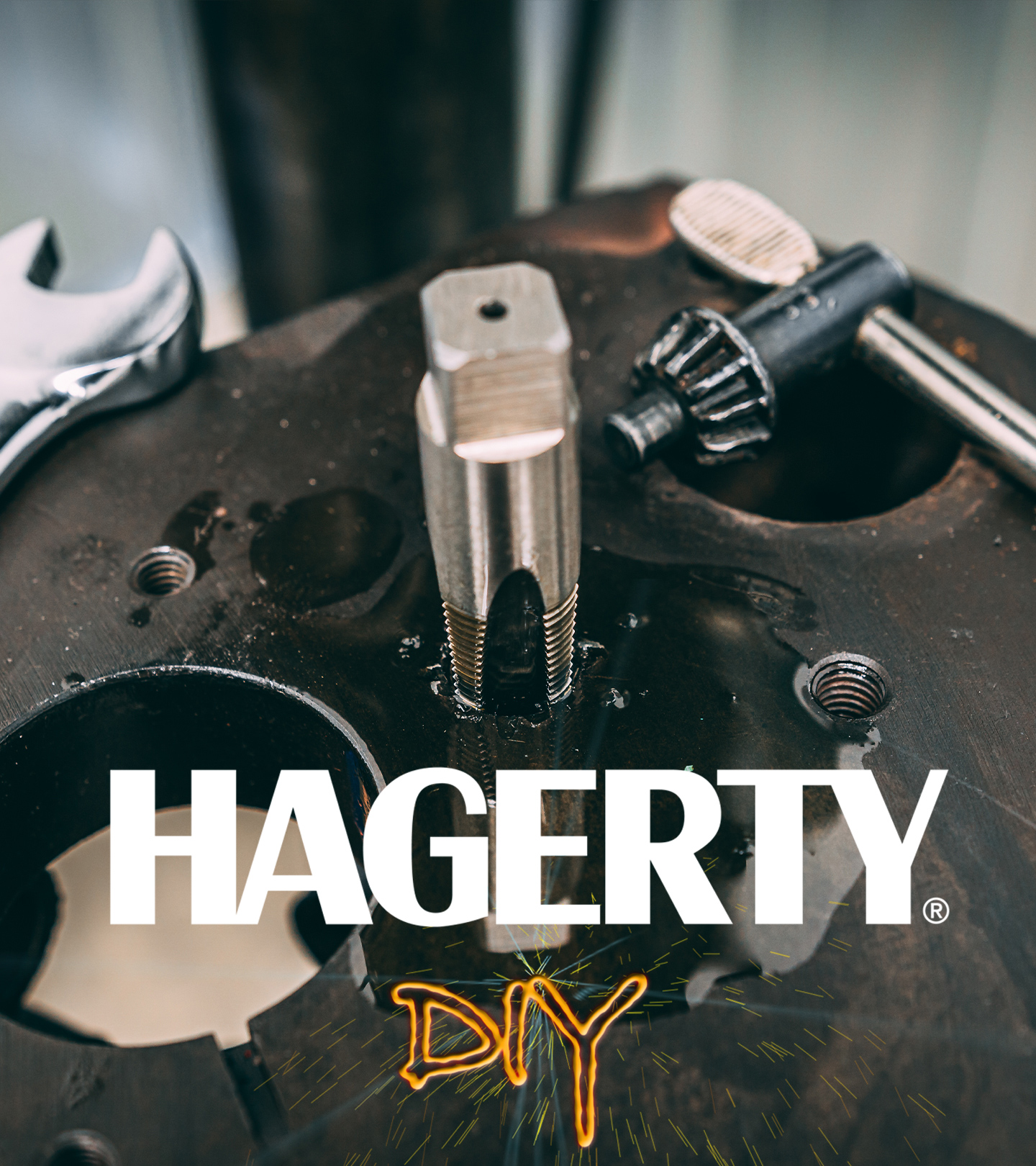Here’s how Redline Rebuilds put together a 1973 Volkswagen Beetle engine - Hagerty Media
If you love our time-lapse Redline Rebuild videos, it’s time to pull back the curtain and slow things down a bit with another installment of Redline Rebuilds Explained. Watch and listen as we break down our 1973 Volkswagen Beetle engine project (the subject of our latest time-lapse video).
In this episode of Redline Rebuilds Explained, Hagerty’s Davin Reckow and Ben Woodworth take you through the ins and outs of the project and discuss issues that came up, lessons learned, and general tech talk about how to rebuild a classic air-cooled VW engine.
Reckow, the dirty hands in the video, and Woodworth, the clean hands behind the camera, are quick to point out that the often-heard opinion that VW engines are “so simple to work on” is true… to a point. As the two encounter minor roadblocks along the way, Woodworth accurately states: “They’re easy, until they aren’t.”
Reckow removes the engine from the car and runs into some minor difficulties during teardown, using a torch to remove some bolts and finding out the hard way that J-B Weld had once been used to secure a head bolt. He also finds so much debris inside the various engine components that he says it is “miraculous” the car ran at all.
Sent off to northern Michigan’s Thirlby Automotive, the cylinder heads receive new valves, valve guides, and seat machining. Connecting rods are rebushed, honed, and resized. Back at Reckow’s garage, the project momentarily stalls when the new connecting rod bearings interfere with the crank journals, and Reckow admits he committed a cardinal sin by not using a micrometer to double check the bearing sizes out of the box. “I’ve never done that before,” he says with a sigh, reminding himself to “always mic them!”
A new Empi crankcase solves the previous JB Weld problem (among others), and the engine also receives a new camshaft, new pistons, and—bonus—new jugs, which were included with the piston purchase, even though the original jugs were just usable. A shop gremlin also makes off with the cone washer for the generator pulley, requiring Reckow to make one.
Before (too) long, the engine is installed and the Beetle is ready to roll—after which, Reckow and Woodworth point out, they spend 20 minutes breaking in the engine. Once that’s done, all that’s left is the Bug taking its first drive with its freshly rebuilt engine.
Watch the video for the full explanation, and keep an eye out for more Redline Rebuilds on our YouTube channel.











Everything is very open with a really clear description of the challenges. It was really informative. Your site is very useful. Thanks for sharing!